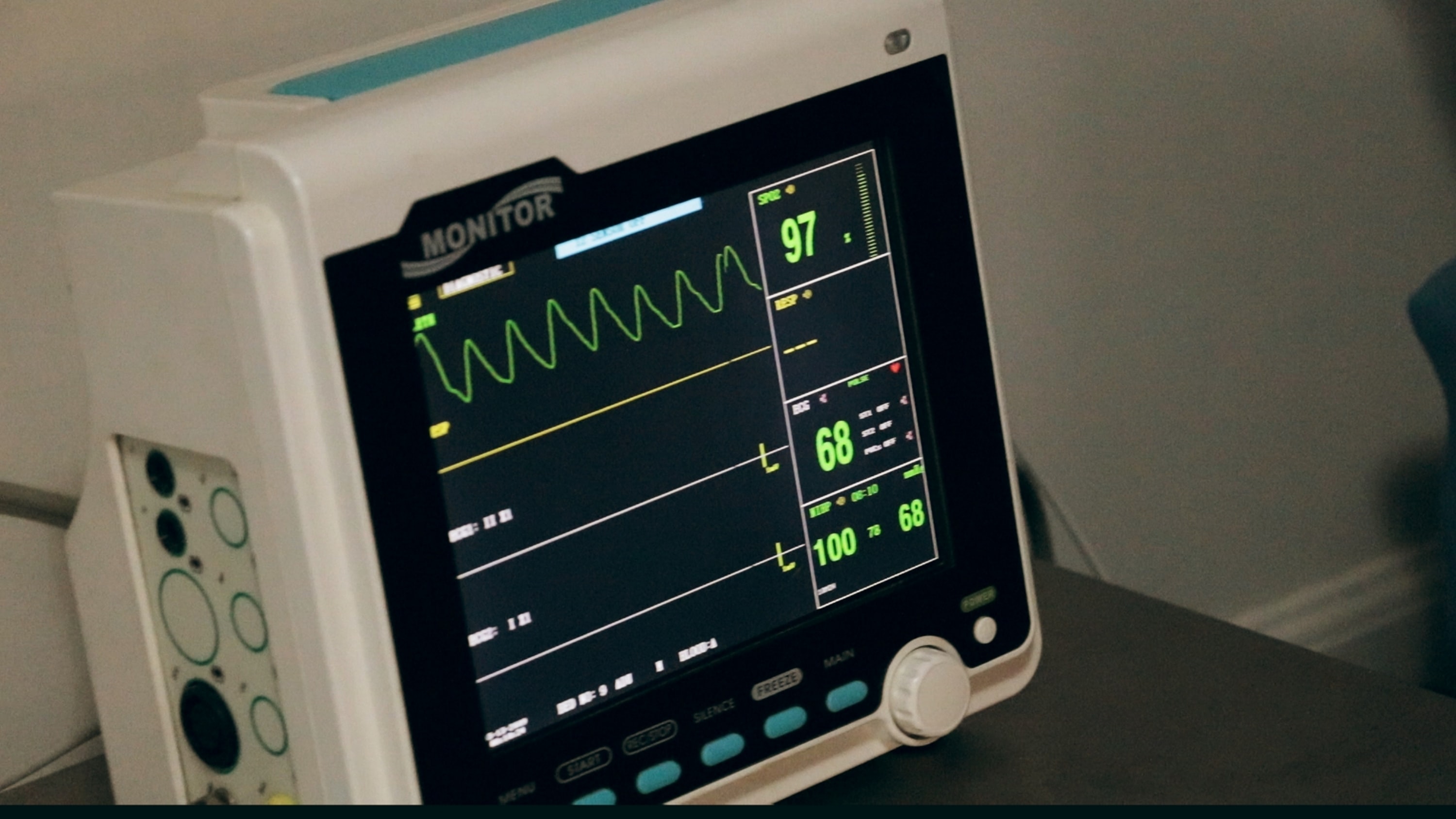Media release
From:
12-MONTH MORTALITY OUTCOMES AFTER ICU WORSE FOR INDIGENOUS V NON-INDIGENOUS
EMBARGOED UNTIL 12:01am Monday 21 November 2022
RISK of death and 12-month mortality among critically ill patients admitted to the intensive care unit are higher for Indigenous than non-Indigenous people, according to research published today by the Medical Journal of Australia.
“Rates of ill-health are higher and life expectancy lower for indigenous peoples than for other people in many countries,” wrote the researchers, led by Dr Paul Secombe, an intensivist at Alice Springs Hospital and Adjunct Lecturer at Monash University.
“Further, critical illness is associated with significant morbidity, and mortality following intensive care unit (ICU) care is higher than the general population death rate.
“However, few investigations of longer term outcomes have been published, particularly for critically ill Aboriginal and Torres Strait Islander (Indigenous) Australians.”
Secombe and colleagues set out to compare longer term (12-month) mortality outcomes for Indigenous and non-Indigenous people admitted to ICUs in Australia. They analysed data from all admissions of adults (16 years or older) to Australian ICUs from 1 January 2017 to 31 December 2019, recorded in the Australian and New Zealand Intensive Care Society (ANZICS) Adult Patient Database (APD).
“The APD recorded 330 712 eligible ICU admissions during 2017–2019 (65% of all ICU admissions registered), of which 11 322 were of Indigenous people (3.4%),” they reported.
“Median age at admission was lower for Indigenous patients (51.2 [IQR, 36.7–63.6] years) than for non-Indigenous patients (66.5 [IQR, 52.7–76.1] years). Unadjusted mortality risk was similar for Indigenous and non-Indigenous patients (hazard ratio, 1.01; 95% CI, 0.97–1.06), but was higher for Indigenous patients after adjusting for age, admission diagnosis, illness severity, hospital type, jurisdiction, remoteness and socio-economic status (adjusted hazard ratio, 1.20; 95% CI, 1.14–1.27). Twelve-month mortality was higher for Indigenous than non-Indigenous patients (adjusted odds ratio, 1.24; 95% CI, 1.16–1.33).
“Hospital mortality does not include the full mortality burden of critical illness,” Secombe and colleagues wrote.
“After taking the lower median age of Indigenous ICU patients into account, their mortality outcomes are significantly poorer than for non-Indigenous patients.”
The authors concluded that their findings suggested that critical illness may contribute to earlier death among Indigenous Australians, and “consequently to lower life expectancy”.
“It is likely that the difference is less directly attributable to the ICU admission than to a complex interplay between pre- and post-hospitalisation factors, socio-economic disadvantage, remoteness, and chronic disease trajectory,” they wrote.
“Primary and public health interventions for preventing and managing chronic disease could reduce the incidence of early death.
“Although in-hospital mortality is similar for Indigenous and non-Indigenous ICU patients, longer term risk of death and 12-month mortality are each higher for Indigenous than non-Indigenous people.
“Further, as the median age of Indigenous patients is about 15 years lower than for non-Indigenous ICU patients, the differences for critically ill Indigenous people are even more marked after adjusting for age and other factors.”
All MJA media releases are open access and can be found at: https://www.mja.com.au/journal/media
Please remember to credit The MJA.
The Medical Journal of Australia is a publication of the Australian Medical Association.



 Australia; VIC; SA; ACT
Australia; VIC; SA; ACT



